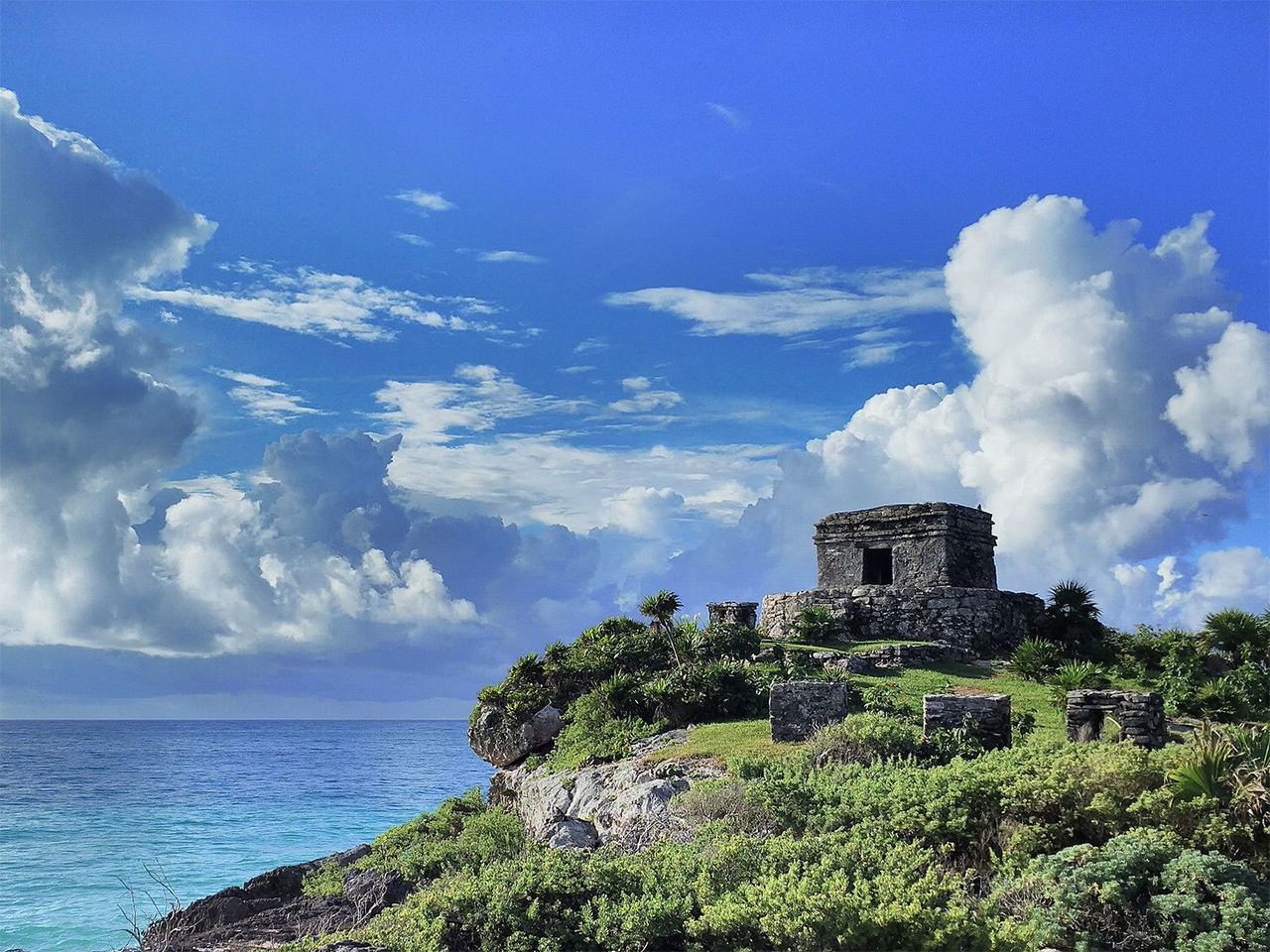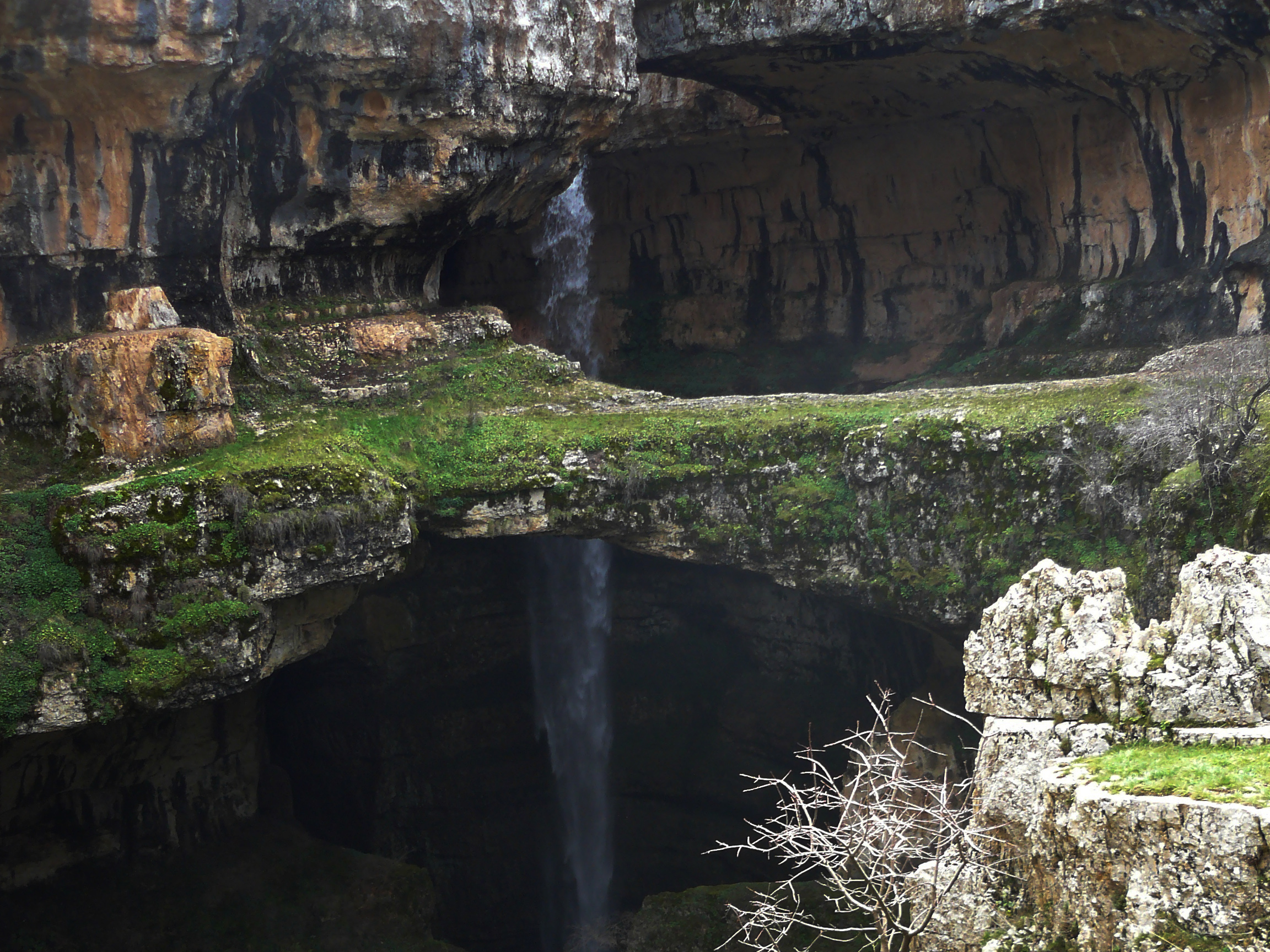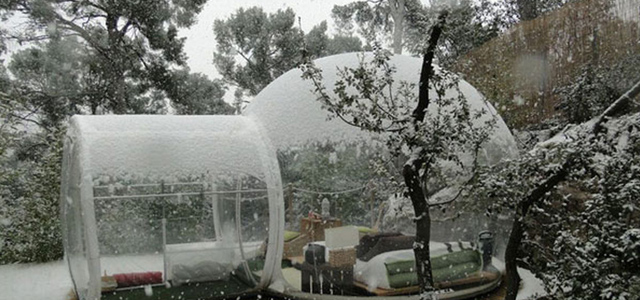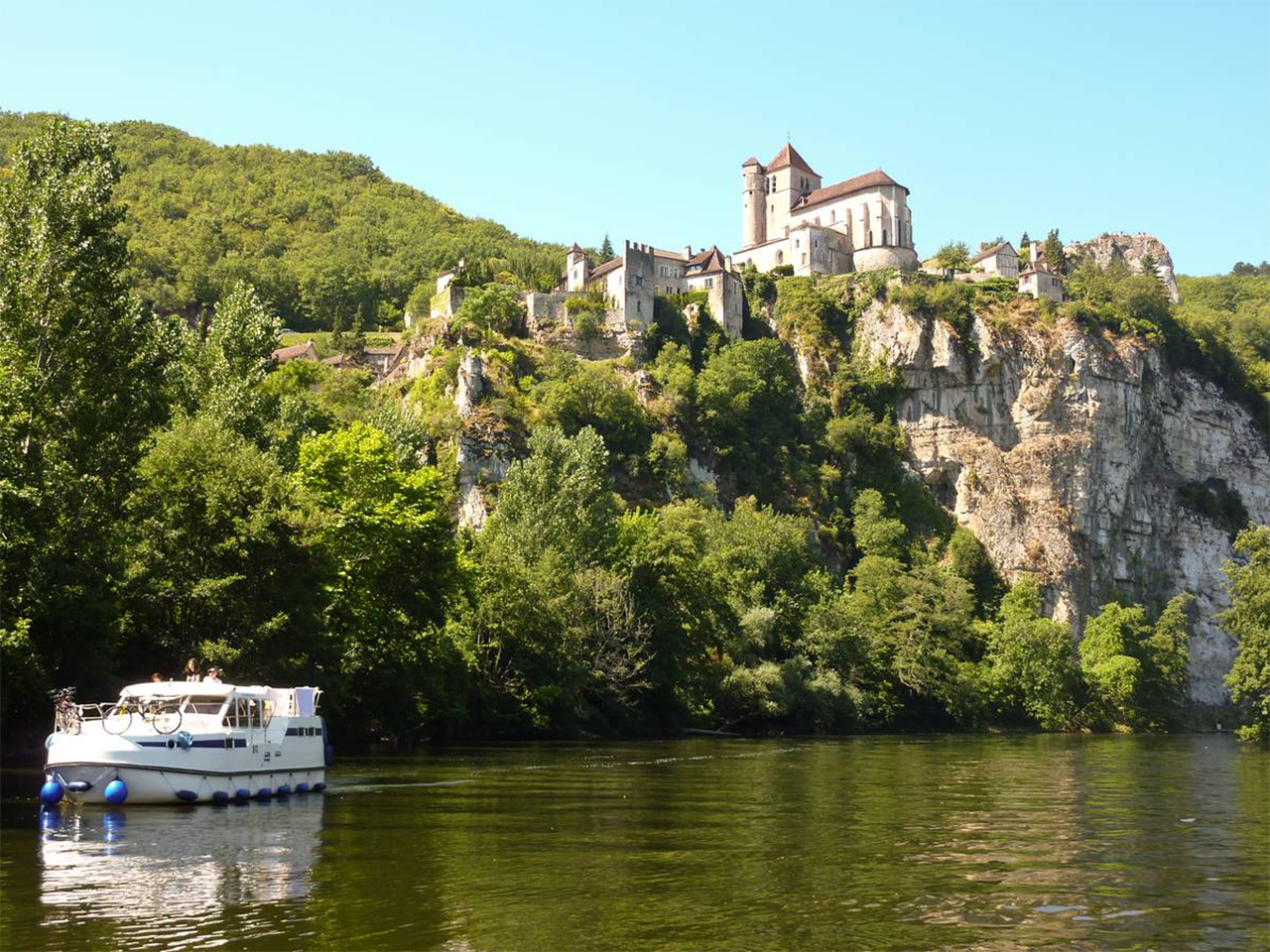
Entering the Storybook Village of Saint-Cirq Lapopie
It’s like a storybook village, lifted right out from medieval fables. Perched on a cliff above the River Lot, clusters of old-fashioned houses made from stone or wood with flat-tiled roofs lined labyrinthine cobbled alleys, surrounding the cliff with a few fortresses resting at its crown.
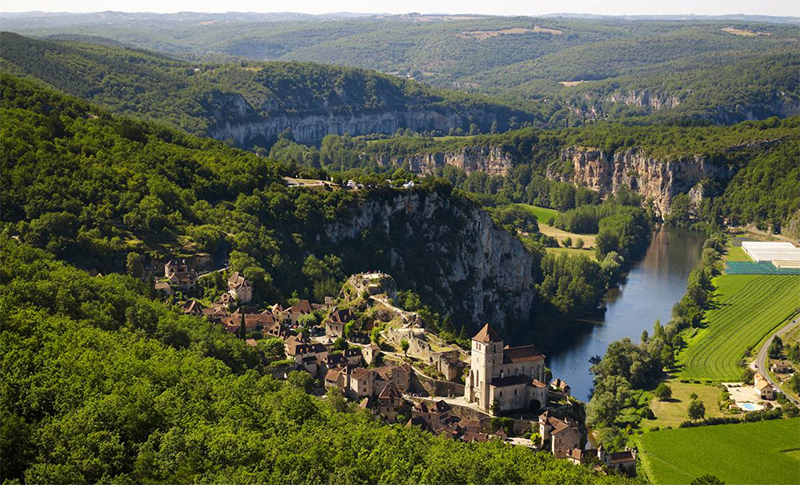
The ancient Saint-Cirq Lapopie is listed as one of the most beautiful villages in France, and it’s not difficult to see why. Walking through the quaint village is like entering a time portal to the past, where terraced gardens bloom with flowers, cracks and creepers add character to its buildings and a warm and friendly atmosphere fills the village.
Dating to as far back as the 10th century, the picturesque village of St Cirq in the Occitanie region belies a tumultuous past. Towards the end of the Middle Ages saw the village warring with religious fanatics and English invaders. Between the 14th and 15th century, the hundred years war caused the village to land in the hands of various powers, and in the 16th century, it was at the forefront of the French religious wars between the Roman Catholics and the Protestant Huguenots. The ravages of these conflicts left their marks, adding various characteristics to the village.
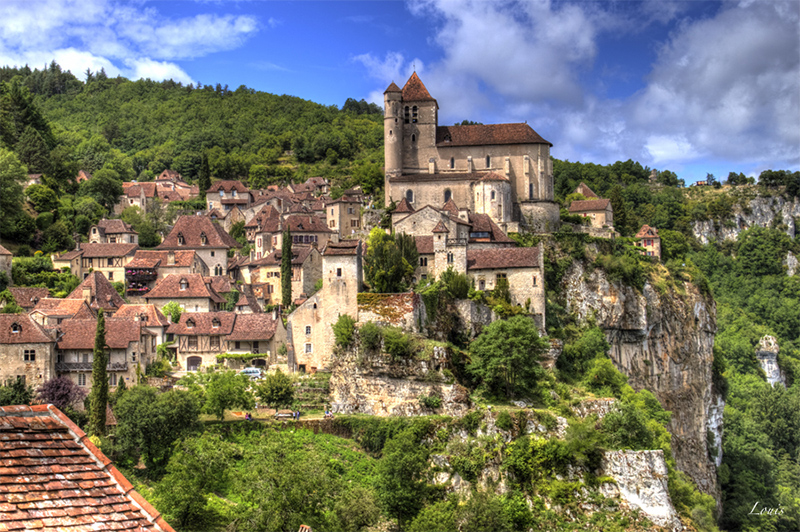
Today, the Saint-Cirq-Lapopie charms with its art galleries, homely restaurants and lush greenery. Modernity is almost non-existent here, evidenced only by tourists armed with cell phones and DSLR cameras. To maintain the old-world feel of the village, electricity cables and telephone wires are buried under eaves and cobbles, while television antennae are hidden in lofts. Here, you can’t find any signs of billboards, neon lights or satellite dishes. Parking lots are carefully planned such that vehicles can be diverted to areas that won’t clash with the aesthetics of the village.
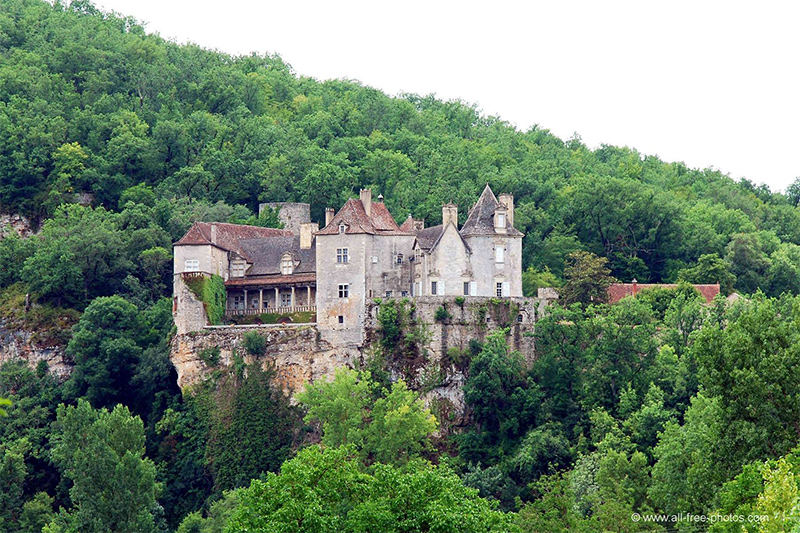
The village is housed within fortified gates and has 13 historic buildings. One of the village’s highlights are the various chateaux that overflows with its rich history. There are three main fortresses that still stand proudly at the peak of the cliff, despite in various states of ruins. Walking through them still evokes a sense of deep history. The Chateau de Cénevières goes back to the 13th century and is a Renaissance beauty. Listed as a historical site in 1957, its current owners warmly welcome visitors to explore the castle and to admire the sweeping view of the valley beneath from its terraces. You get a good sense of its past from touring the castle’s vast expanse of rooms- from the kitchens to the guardrooms, chapel, dungeon to its living quarters.
Did you know: if you’ve fallen in love with the place, there’s good news. You can rent the castle for events such as weddings, meetings or even christening.
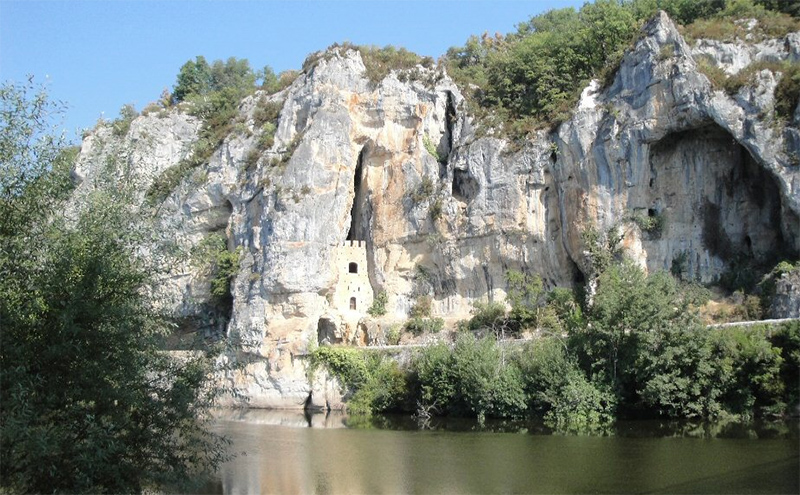
The Châteaux des Anglais may be one of the most unique structures you’ll see. Instead of being on land, it’s actually carved out from the side of the cliff, embedding into the limestone walls of the Lot Valley cliffs. Its one-of-a-kind architecture was erected out of necessity, to provide the villagers with protection in times of attacks.
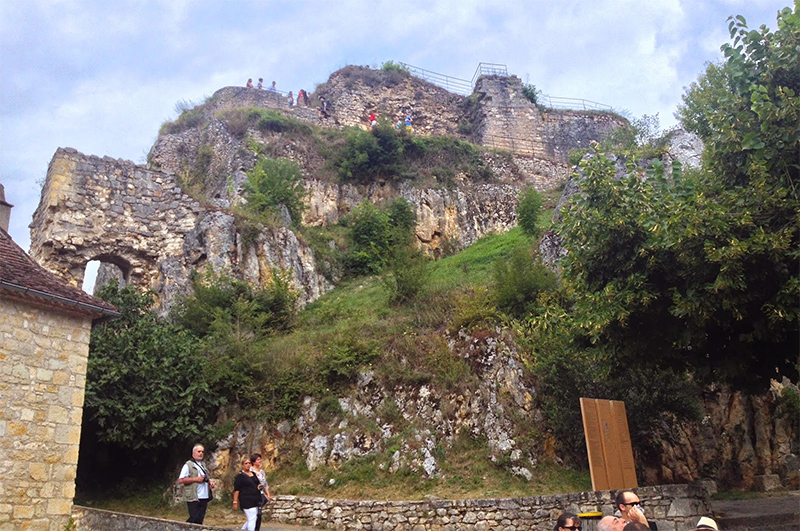
Built in the 10th century, The Fort at Saint Cirq Lapopie, built on the highest part of the rock at the top of the cliff, you can only see the leftover ruins of a structure that once protected the village from many attacks. Visitors can climb the stairs to the top to soak in the breath-taking view it offers, while imagining its once violent past.
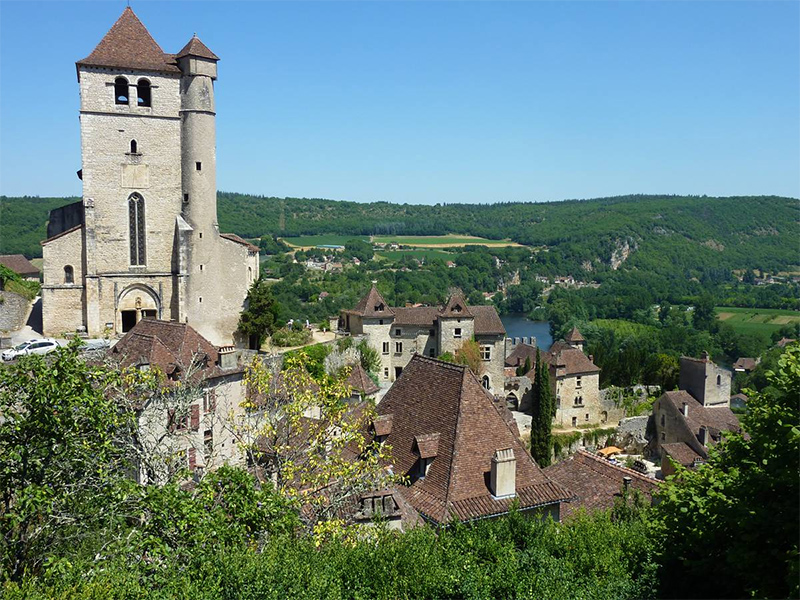
Just below the fortresses, you’ll find an imposing Roman Gothic style church from the 15th century. While the church interior is nothing to shout about, it offers a panoramic view of the village below it.
The historic center of the Saint-Cirq Lapopie is village’s crown jewel. Craft shops lovingly display the nifty handiwork of its village people, cozy cafes offer wholesome meals and its villagers are welcoming.
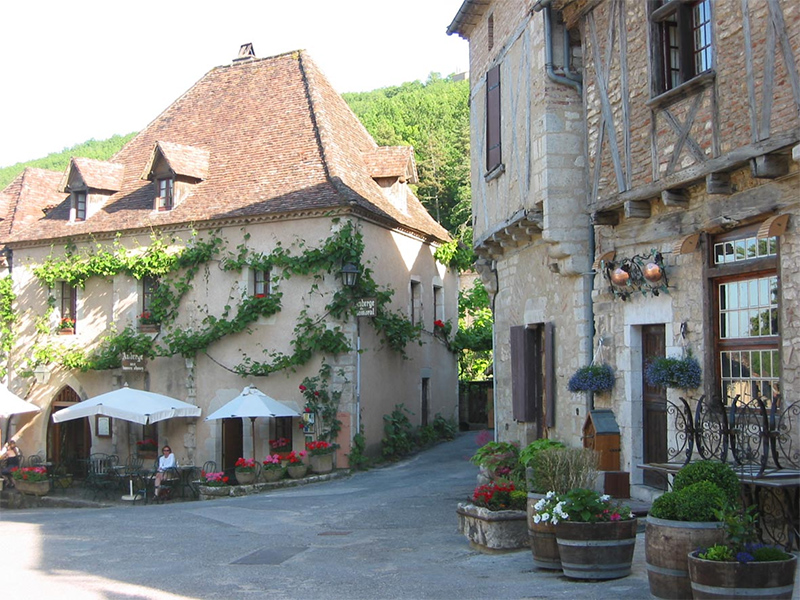
Near the village, along the river is where you can find old mills and buildings that give you an inkling of what villagers from centuries ago used to do.
How to Get There
Quite off the beaten track, getting to the Saint-Cirq Lapopie may require a small effort. Because of its location deep in the valley, between the river and cliffs. Wherever you come from, you’ll still have to traverse some steep winding paths before you get to the village. The good news is, the journey there is filled with plenty of flowers and greenery, making it a delightful journey.
The nearest airport is Toulouse, where there direct flights from big cites. From there, you can rent a car and drive to the nearest assigned parking lots near the village. The journey should take just under two hours.
Tip: since it was named France’s most beautiful village in 2012, the Saint-Cirq-Lapopie has been overrun with tourists. If you wish to visit, avoid the summer months where you have to arm-wrestle with each other to take decent images.
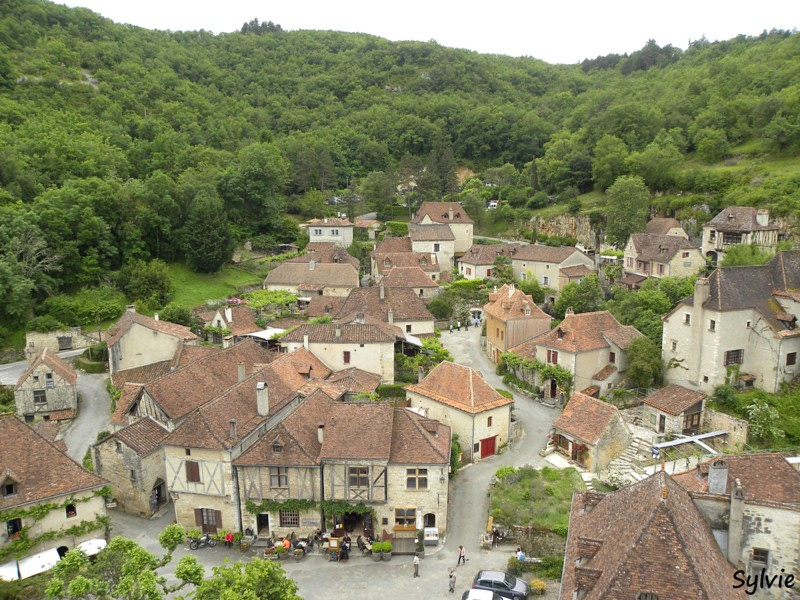
Image sources: tourisme-lot.com, Photorendu.com, Les Sportifs, Chateaux de France, Americaine Girl
